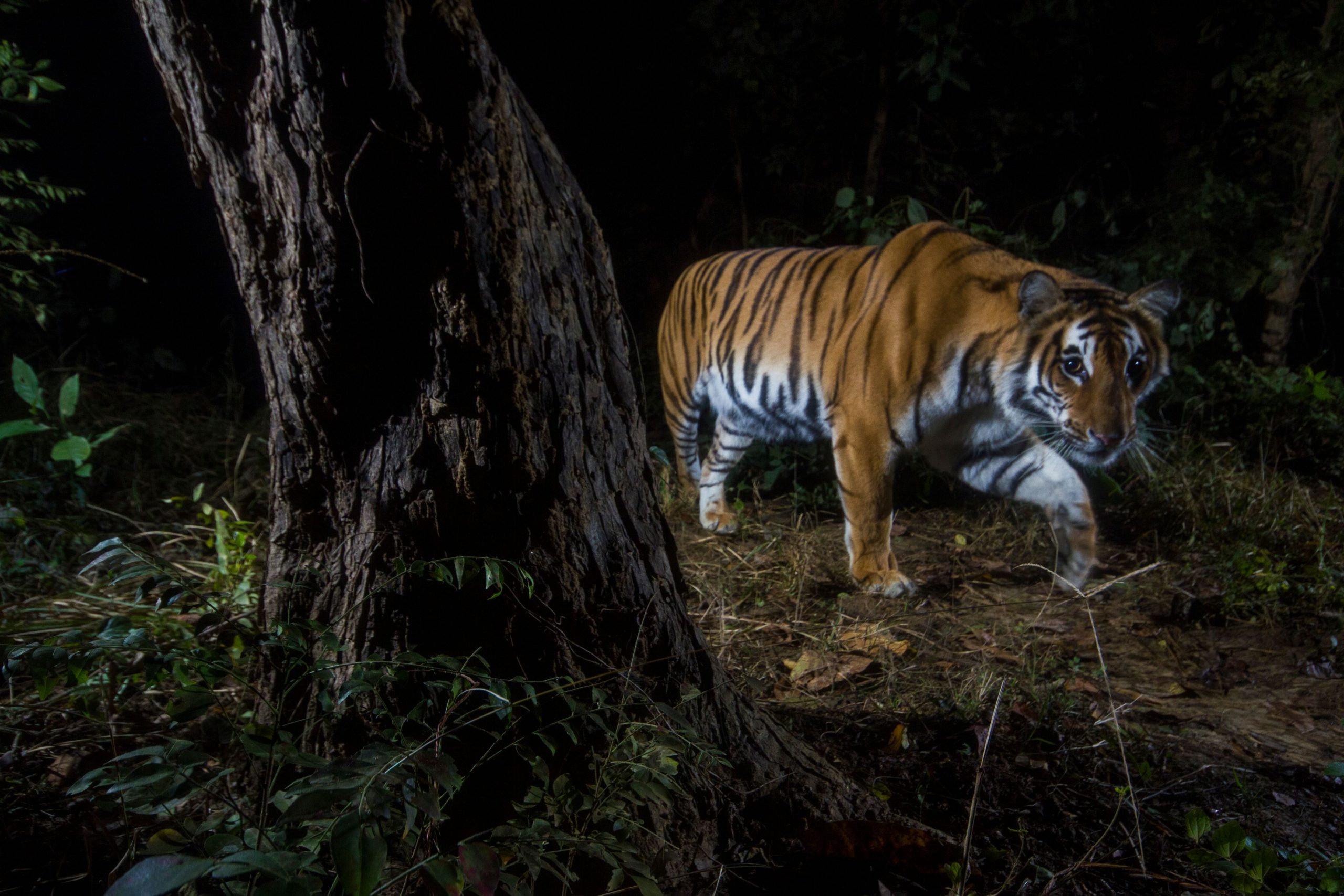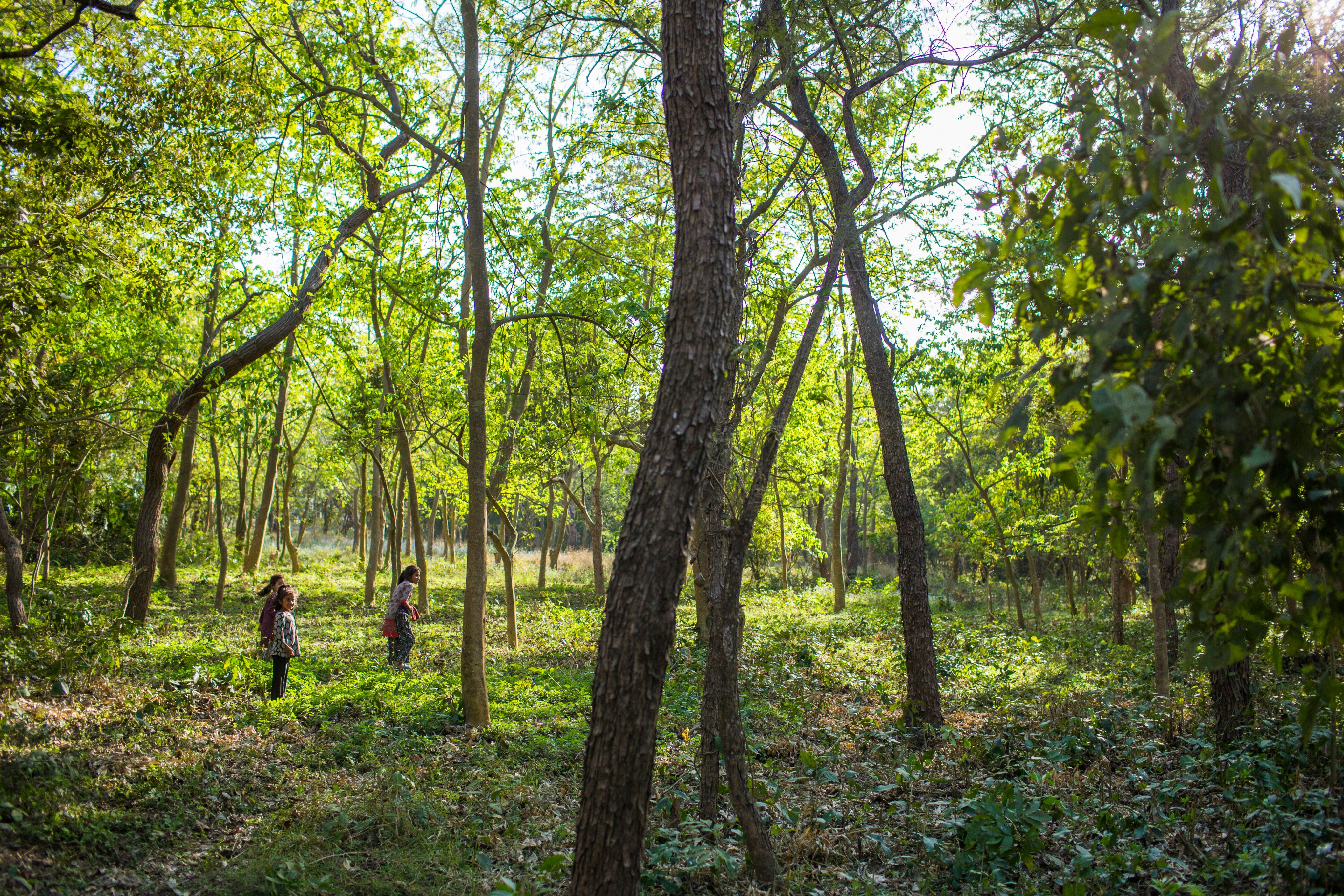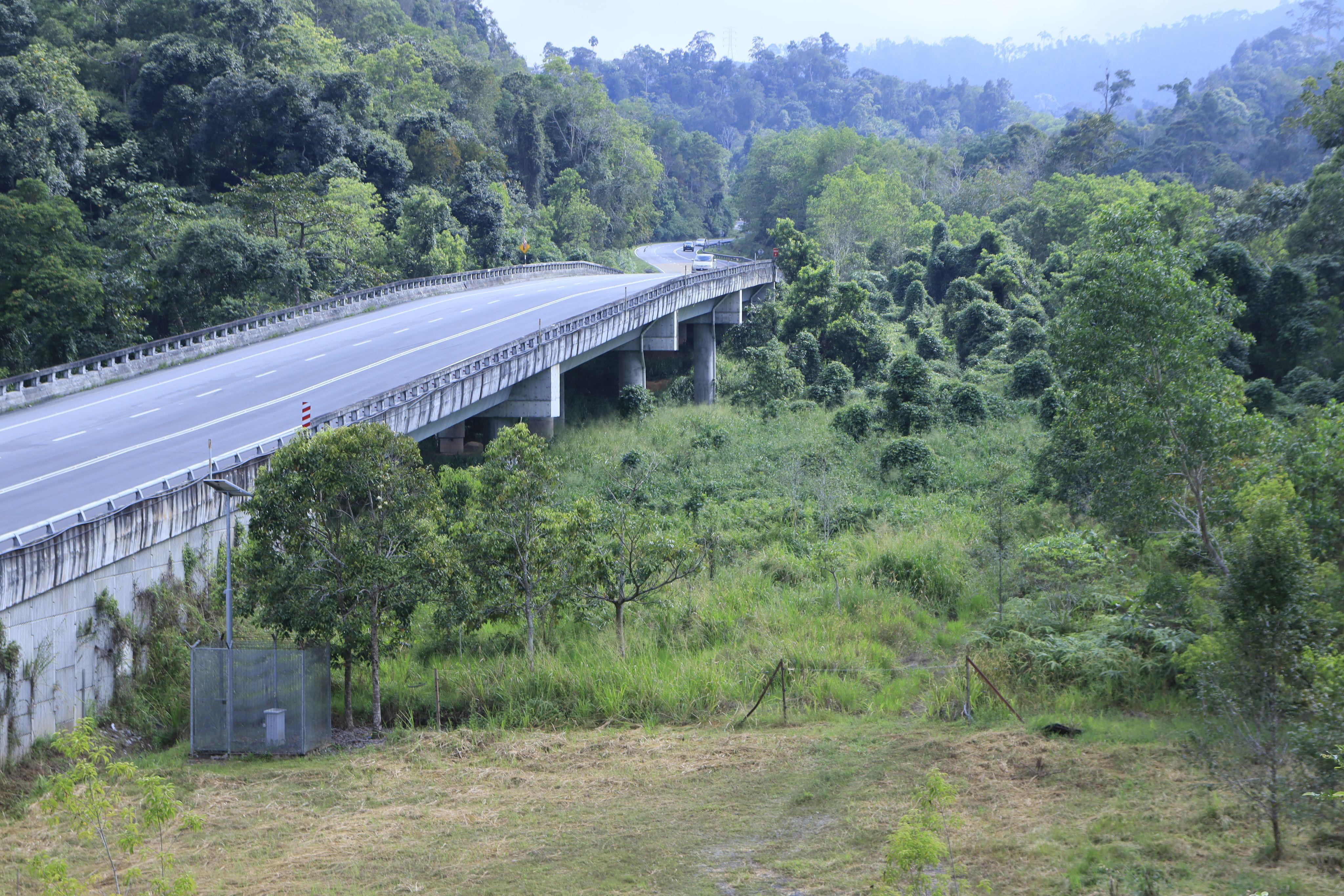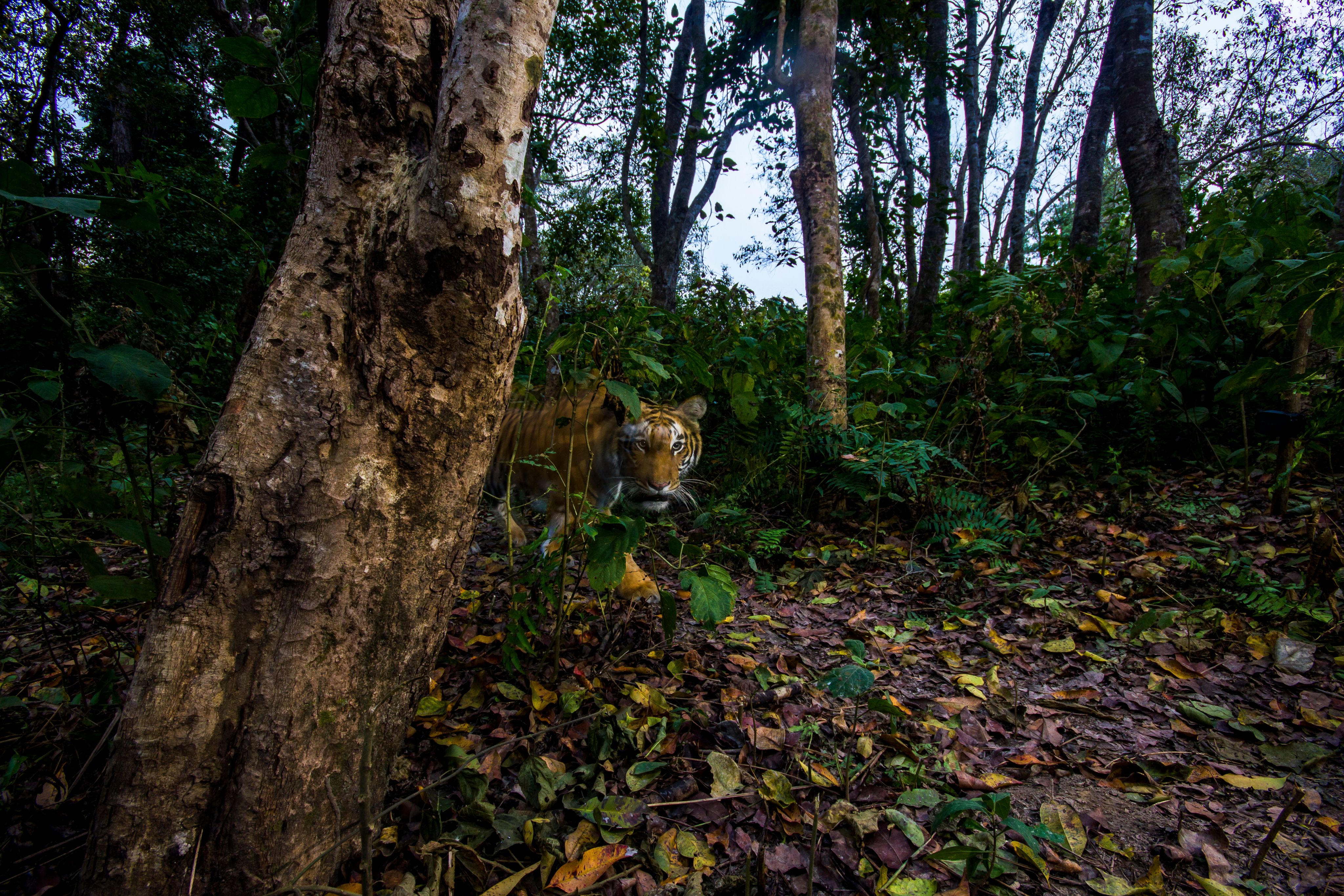WHY ARE WILDLIFE CORRIDORS IMPORTANT FOR TIGERS?

When someone says ‘wildlife corridor’ it’s easy to think they’re talking about a lush green strip of land, no people, and animals moving through it like a wildlife highway. But in reality wildlife corridors in tiger landscapes, and others across the world, often look very different to this.
A good wildlife corridor connects two or more habitats together and allows animals to move between them. For example in a tiger landscape a wildlife corridor might connect one tiger reserve to another, allowing tigers, their prey and other wildlife such as elephants and leopards to move between them. These corridors come in different shapes and sizes, and connect all kinds of spaces. No two wildlife corridors look the same.
SOCIAL SPACES
But it’s not just tigers and other wildlife that use these areas, wildlife corridors are social corridors. Indigenous Peoples and local communities often live in wildlife corridors too and rely on the land and natural resources found in these spaces for their livelihoods. You can also find schools, towns, rivers, community forests, and farms. Roads and train lines weave their way through these spaces connecting communities but in the process they create barriers in the corridor, creating problems for wildlife.

Women and young children walk through a community forest in the Khata Corridor which connects India and Nepal. © Emmanuel Rondeau / WWF-US
ACHIEVING GOOD CONNECTIVITY
So it’s not just as simple as having a wildlife corridor that connects two or more places. In order for the corridor to support the movement of wildlife there are a number of things that need to be in place. Tigers need to be safe from threats of poaching and robust local and national anti-poaching laws and enforcement need to be in place. Community livelihoods need to be supported and human-tiger coexistence programs need to be in place to reduce the risks for people living in the corridor. Infrastructure and other development must be built with wildlife in mind, for example building roads with over or under-passes for wildlife to safely cross. To find out more about the threats to wildlife corridors and how we can solve them, take a read of our explainer here.

A highway with a viaduct underneath to allow wildlife to cross under the road. © Azlan Mohamed
In tiger range countries wildlife corridors vary greatly including the type of vegetation and habitat found in them. For example in Bhutan, which has a growing tiger population, over half of the country is secured as protected areas. A network of eight wildlife corridors supports the movement of tigers between areas to find food, new territory, or a mate. Policy that has been developed over the last decade has strengthened the protection of these eight corridors so they have the same protection as national parks and wildlife sanctuaries. Bhutan’s wildlife highways are safe from mining, deforestation, and illegal activities which is a significant conservation success for this Himalayan Kingdom. But Bhutan isn’t out of the woods just yet, and continued efforts are needed to roll out human-tiger coexistence strategies across the country.
WHY ARE WILDLIFE CORRIDORS IMPORTANT TO TIGERS?
Wildlife corridors that are well managed support the movement of tigers and their prey. In return, they support genetic diversity, preventing inbreeding which can cause disease, other health issues, and increase the chance of extinction probability of isolated wild tiger populations.
Movement between habitats is crucial for tiger populations to be able to move out of areas that have a high tiger population. Tigers have large territories and if they can safely move to new areas via wildlife corridors they are able to establish their own territories or in some cases, move to places where tigers are locally extinct. In Nepal’s Bardia National Park tiger numbers have been increasing over the last decade. With support from local communities in the corridor conservation efforts have improved habitat here, and tigers have been able to move out of Bardia into neighbouring Banke National Park. As a result tiger numbers in Banke have increased from 4 in 2014 to 25 in 2022.

A tiger in Nepal’s Bardia National Park. Tigers from this site have moved to Banke National Park as a result of good connectivity in this landscape. © Emmanuel Rondeau / WWF-US
Expanding the tigers current range
While the global tiger population is increasing (which can only be sustained if connectivity is maintained), sadly the number of places you can find wild tigers is decreasing across Asia. Restoring or establishing new wildlife corridors in landscapes can support tiger range expansion. A report by WWF, Restoring Asia’s Roar: Opportunities for tiger recovery across their historic range (2022), identified an additional 1.7 million km2 of potentially suitable landscapes for tigers across 15 countries. Some of these potential spaces could be reached by tigers with more and higher quality connectivity across their current range.
WWF’s Tiger Conservation Strategy 2023-2034 has identified connectivity as a key area of work to ensure the future of wild tigers. Over the next 12 years WWF will continue advocating for legal recognition of corridors in tiger landscapes, provide support to restore habitat in existing and new tiger corridors, and bring different groups of people together to plan corridor conservation, management, and governance of these spaces.
We’re at a critical time where the global tiger population is increasing but this can only be sustained if existing tiger habitats remain connected, while old and new connections are established to expand their range, and coexistence strategies between tigers and people in these landscapes are put in place.
To find out more about connectivity in tiger landscapes, head to our other explainer ‘Threats and solutions to connectivity in tiger landscapes’.